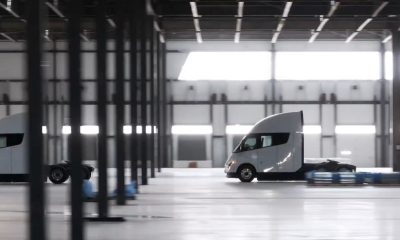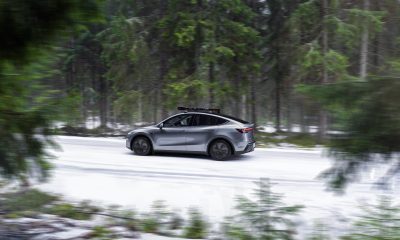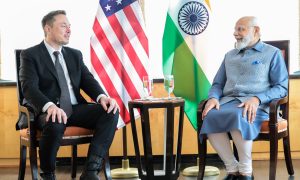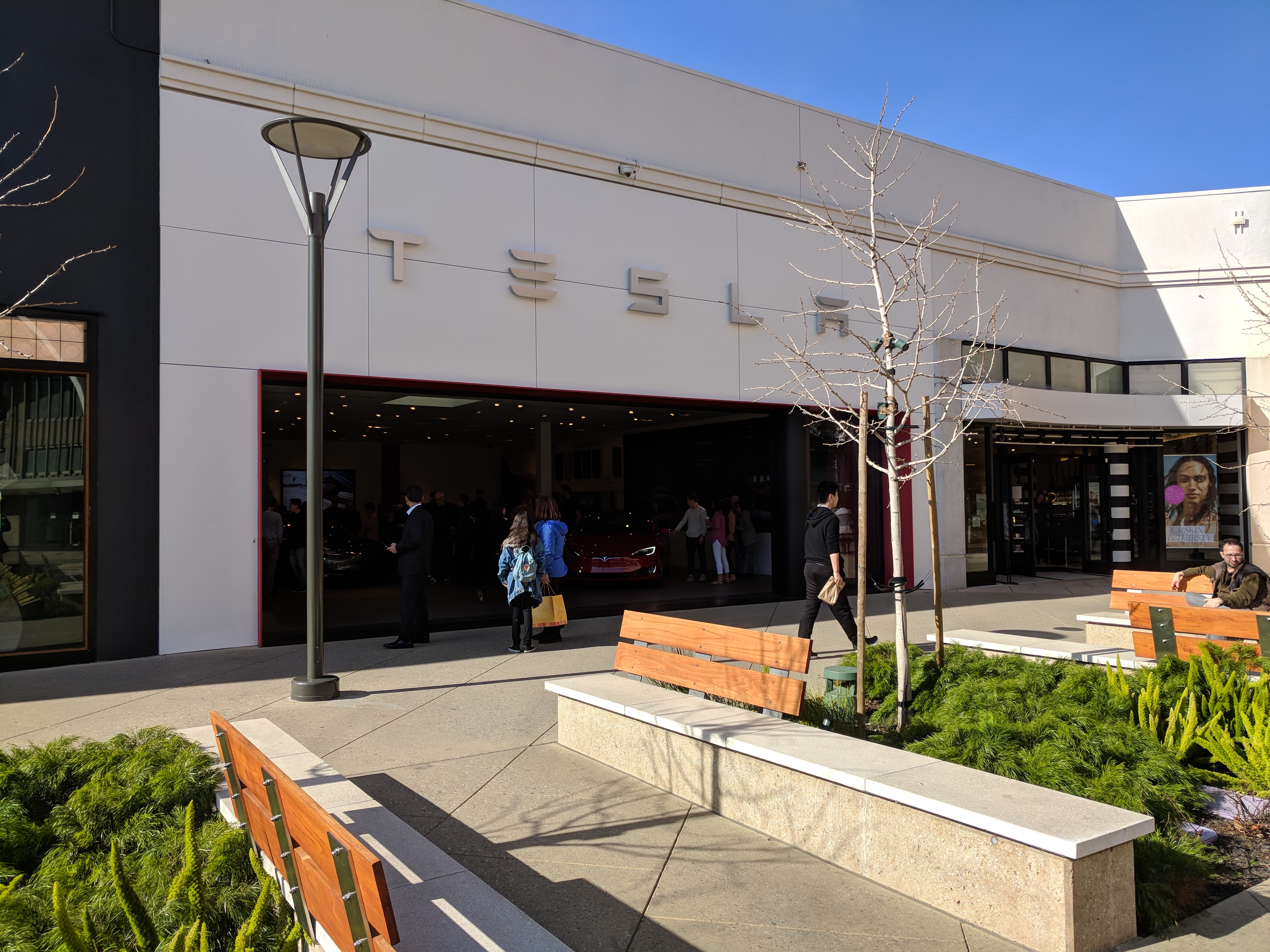

News
Tesla, Rivian still face complicated direct sales laws across U.S. states
Executives from both Tesla and Rivian have commented on the decades-long fight to overturn direct vehicle sales bans across many U.S. states, reigniting a long-held conversation in the electric vehicle (EV) community about dealership policy lobbying groups and online sales models.
Tesla has managed to side-step direct sales bans in many states through legal loopholes such as leasing-only models, processing purchases as out-of-state transactions, or simply opening stores in exempted tribal territories where the company’s stores will be exempt from dealership mandates. In other states, the company is still completely prohibited from selling vehicles, such as in Louisiana, where a U.S. appeals court just upheld Tesla’s right to sue the state over the direct-sales ban in August.
In Connecticut last July, Tesla managed to open a store on sovereign Mohegan tribal land, effectively side-stepping the U.S. state’s ability to prohibit direct sales. The Connecticut Automotive Retailers Association (CARA), a dealership lobbying group, immediately spoke out against the decision, though it gained support from Governor Ned Lamont.
Elsewhere, Tesla, Rivian, and many others sporting a direct sales model also face state store limits, and some executives have recently highlighted the decades-long fight to overturn these kinds of laws.
Other states have bans on service centers, storefronts, or both, while some only allow Tesla to sell vehicles online, though they must make deliveries through a service center. The latter includes Texas, where Tesla’s headquarters is located and where it operates a U.S. Gigafactory. As for Rivian, it faces a similar situation through its Seattle retail “Space,” since company representatives are prohibited from sharing specific details on prices or receiving orders.
As such, the state-to-state laws can be difficult for EV companies like Tesla and Rivian to wade through and operate under, so it shouldn’t come as much of a surprise when they point to dealership lobbying practices that keep them in place as being bad—or to their local teams who are working on overdrive.
Rivian CEO on state-to-state dealership laws
In a report published on Thursday, Rivian CEO RJ Scaringe said that dealership franchise laws were “as close as you can get to corruption,” as stated during a discussion with InsideEVs about whether Rivian’s recent Volkswagen partnership could let the startup work through VW dealerships. The report has reignited long-held discussions about states where Tesla, Rivian, and others aren’t allowed to operate—and seemingly due to powerful lobbying from dealership groups.
“Unfortunately, in the United States, it’s not an easy question,” Scaringe said as to the proposition of selling through VW’s dealers. “We have this horrific state-by-state level of rules that are as close as you can get to corruption.
“I think you essentially have, like, lots of dealers have paid for laws that make it really hard for us to interact directly with the consumer,” the Rivian CEO adds.
RELATED: Tesla granted license for direct vehicle sales in Kentucky
Tesla VP of Finance on state-to-state dealership laws
As a follow-up to the story, Tesla VP of Finance Sendil Palani shared his thoughts in a post on Saturday, praising the company’s local teams in states where direct sales are actively banned:
Tesla has been pursuing the direct-to-consumer model for two decades, and it has been an enormous challenge to pursue what we believe is the best model for customers.
I spent a portion of this past week visiting our Northeast region, and was reminded about how these laws are among our most prominent challenge for Sales and Delivery. Local teams make a heroic effort across the entire customer journey: from allowing customers to learn about our product at non-licensed locations while observing restrictions on sales activities, to managing a large flow of deliveries through a small number of licensed locations, to ensuring that we can properly perform vehicle registration paperwork for multiple states and customer circumstances at each licensed location.
Our customers have to make heroic efforts of their own, from traveling long distances to pick up their vehicle to patiently enduring any kinks in the process.
Sadly, this is common throughout much of the country, resulting in higher costs and a worse customer experience for the affected regions.
U.S. states with bans on direct sales models like at Tesla, Rivian
- Alabama (includes service centers)
- Arkansas
- Connecticut (leasing is allowed; tribal land loophole)
- Iowa
- Kansas (includes storefronts)
- Kentucky
- Louisiana (Tesla allowed through special license, “service center” model)
- Nebraska
- New Mexico (includes service centers; tribal land loophole)
- Oklahoma
- South Carolina (includes service centers)
- Texas (Tesla sells through online loophole, “service center” model)
- West Virginia (includes storefronts)
- Wisconsin
U.S. states with store limits on direct sales models like at Tesla, Rivian
- Illinois (limited to 13)
- Maryland (limited to 4)
- Mississippi (limited to 1)
- New Jersey (limited to 4)
- New York (limited to 5)
- North Carolina (limited to 6)
- Ohio (limited to 3)
- Pennsylvania (limited to 5)
- Virginia (limited to 5)
What are your thoughts? Did I miss anything, or do you have a story or opinion to share regarding direct auto sales? Let me know at zach@teslarati.com, find me on X at @zacharyvisconti, or send us tips at tips@teslarati.com.
DOJ echoes Tesla argument in Louisiana direct sales appeal
News
Tesla Semis to get 18 new Megachargers at this PepsiCo plant
PepsiCo is set to add more Tesla Semi Megachargers, this time at a facility in North Carolina.
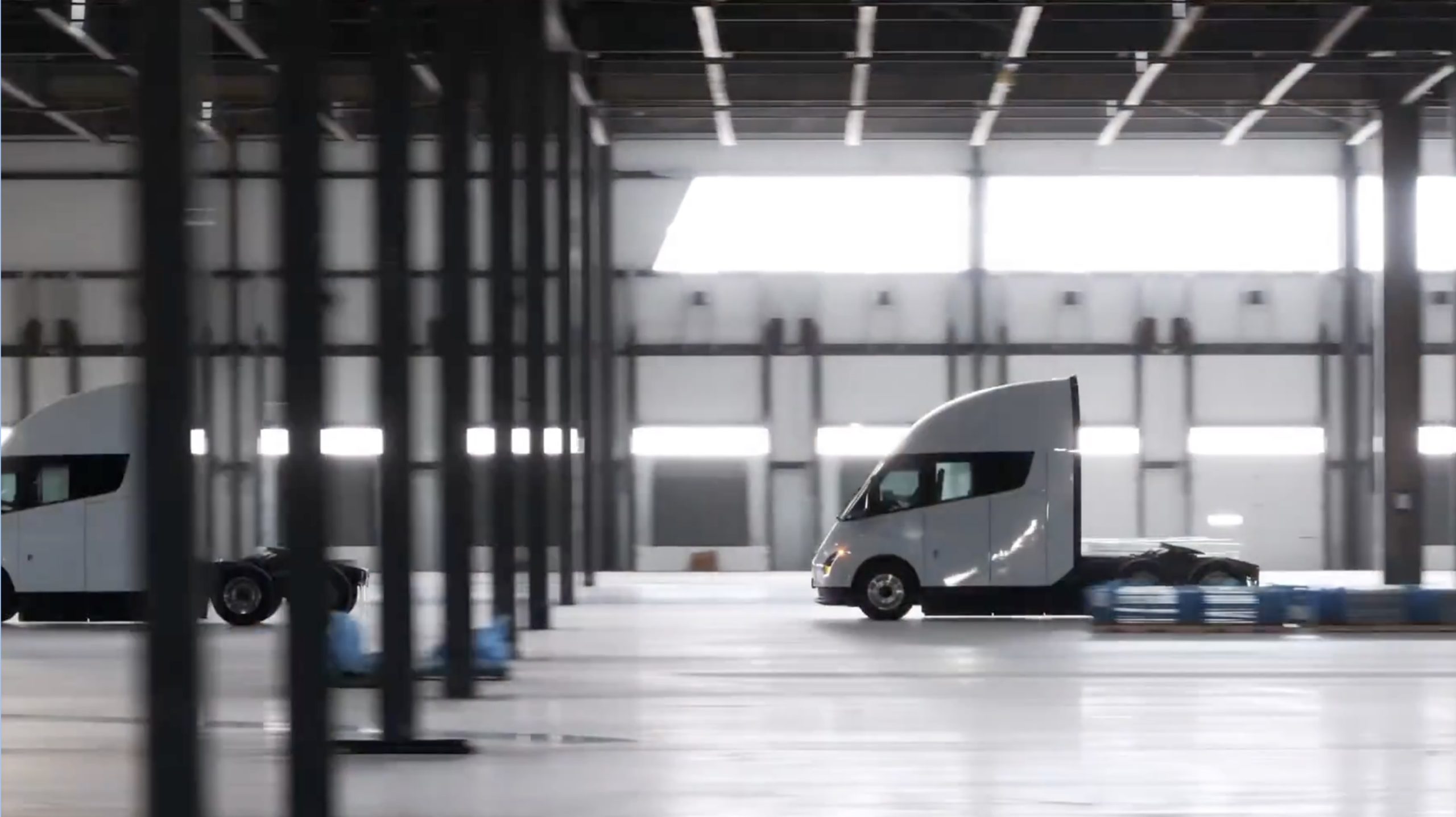
Tesla partner PepsiCo is set to build new Semi charging stations at one of its manufacturing sites, as revealed in new permitting plans shared this week.
On Friday, Tesla charging station scout MarcoRP shared plans on X for 18 Semi Megacharging stalls at PepsiCo’s facility in Charlotte, North Carolina, coming as the latest update plans for the company’s increasingly electrified fleet. The stalls are set to be built side by side, along with three Tesla Megapack grid-scale battery systems.
The plans also note the faster charging speeds for the chargers, which can charge the Class 8 Semi at speeds of up to 1MW. Tesla says that the speed can charge the Semi back to roughly 70 percent in around 30 minutes.
You can see the site plans for the PepsiCo North Carolina Megacharger below.
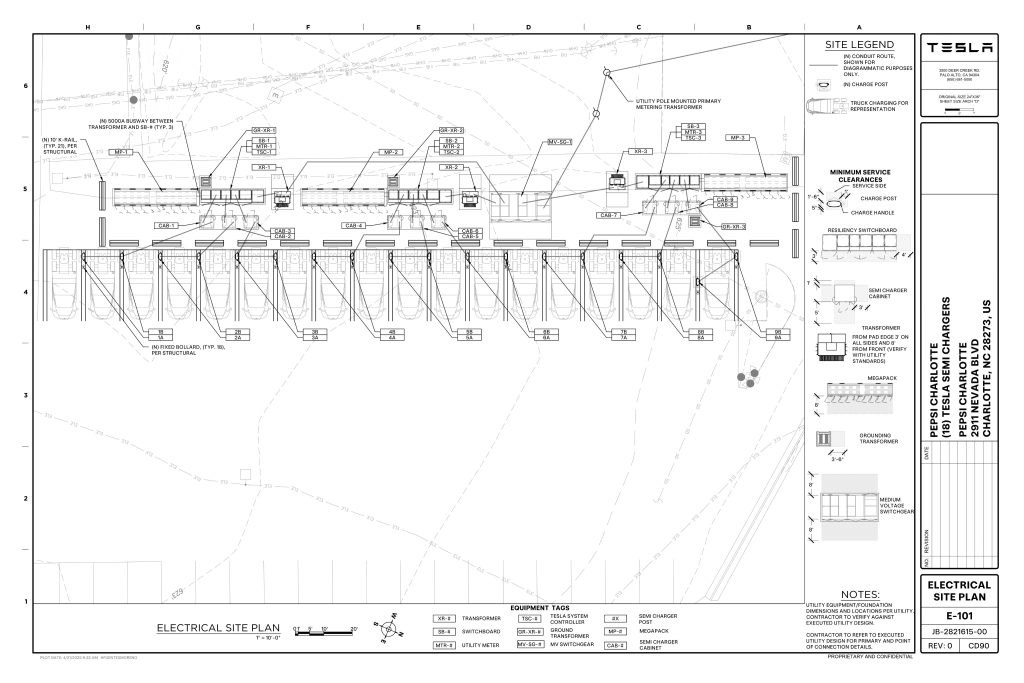
Credit: PepsiCo (via MarcoRPi1 on X)
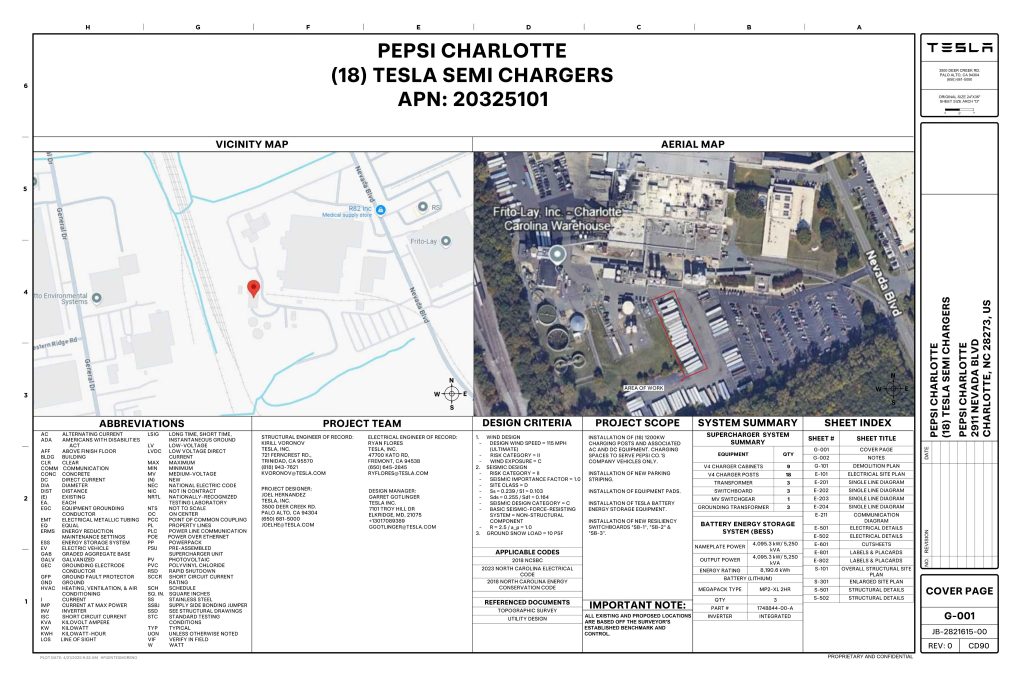
Credit: PepsiCo (via MarcoRPi1 on X)
READ MORE ON THE TESLA SEMI: Tesla to build Semi Megacharger station in Southern California
PepsiCo’s Tesla Semi fleet, other Megachargers, and initial tests and deliveries
PepsiCo was the first external customer to take delivery of Tesla’s Semis back in 2023, starting with just an initial order of 15. Since then, the company has continued to expand the fleet, recently taking delivery of an additional 50 units in California. The PepsiCo fleet was up to around 86 units as of last year, according to statements from Semi Senior Manager Dan Priestley.
Additionally, the company has similar Megachargers at its facilities in Modesto, Sacramento, and Fresno, California, and Tesla also submitted plans for approval to build 12 new Megacharging stalls in Los Angeles County.
Over the past couple of years, Tesla has also been delivering the electric Class 8 units to a number of other companies for pilot programs, and Priestley shared some results from PepsiCo’s initial Semi tests last year. Notably, the executive spoke with a handful of PepsiCo workers who said they really liked the Semi and wouldn’t plan on going back to diesel trucks.
The company is also nearing completion of a higher-volume Semi plant at its Gigafactory in Nevada, which is expected to eventually have an annual production capacity of 50,000 Semi units.
Tesla executive teases plan to further electrify supply chain
News
Tesla sales soar in Norway with new Model Y leading the charge
Tesla recorded a 54% year-over-year jump in new vehicle registrations in June.
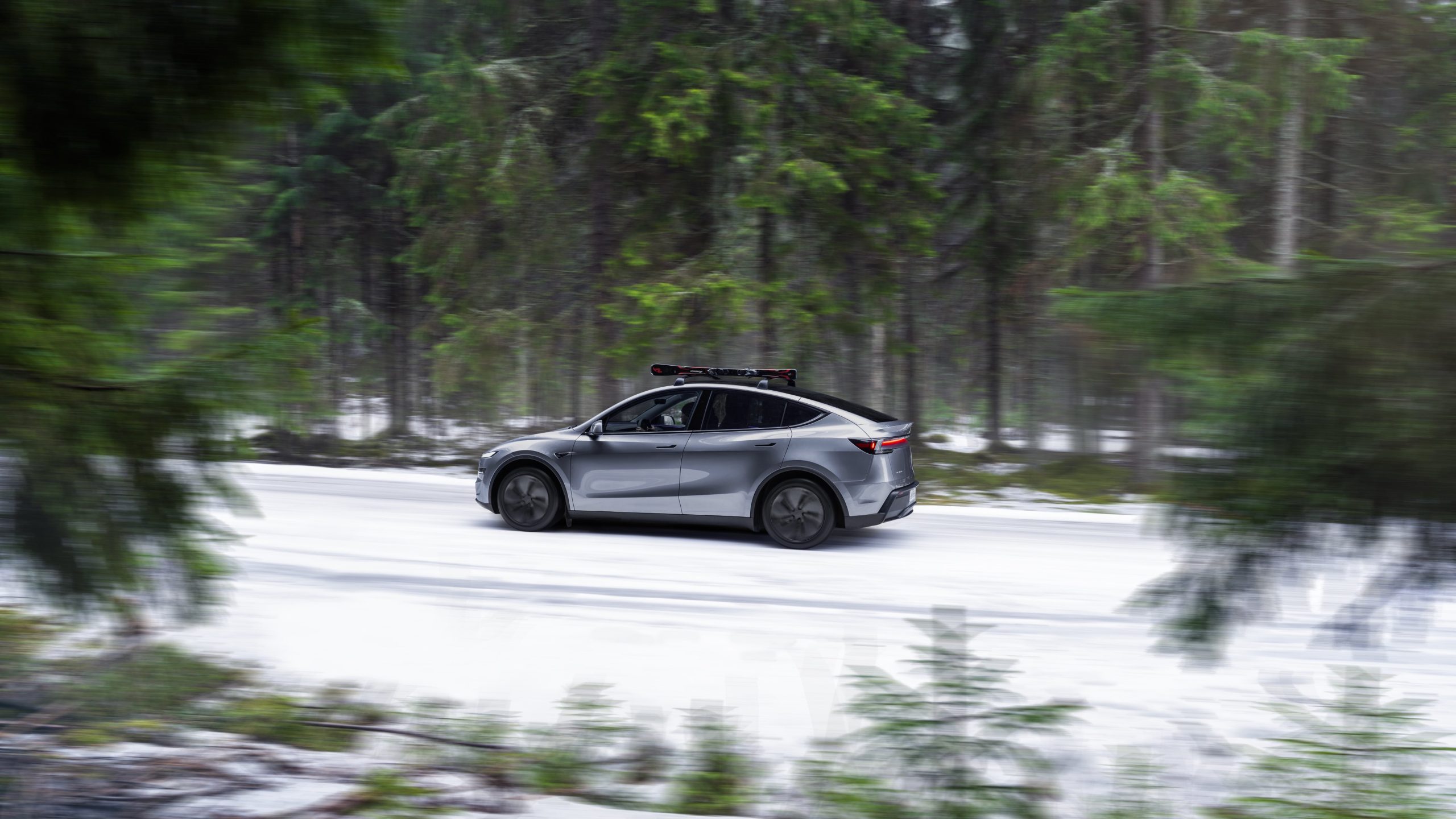
Tesla is seeing strong momentum in Norway, with sales of the new Model Y helping the company maintain dominance in one of the world’s most electric vehicle-friendly markets.
Model Y upgrades and consumer preferences
According to the Norwegian Road Federation (OFV), Tesla recorded a 54% year-over-year jump in new vehicle registrations in June. The Model Y led the charge, posting a 115% increase compared to the same period last year. Tesla Norway’s growth was even more notable in May, with sales surging a whopping 213%, as noted in a CNBC report.
Christina Bu, secretary general of the Norwegian EV Association (NEVA), stated that Tesla’s strong market performance was partly due to the updated Model Y, which is really just a good car, period.
“I think it just has to do with the fact that they deliver a car which has quite a lot of value for money and is what Norwegians need. What Norwegians need, a large luggage space, all wheel drive, and a tow hitch, high ground clearance as well. In addition, quite good digital solutions which people have gotten used to, and also a charging network,” she said.
Tesla in Europe
Tesla’s success in Norway is supported by long-standing government incentives for EV adoption, including exemptions from VAT, road toll discounts, and access to bus lanes. Public and home charging infrastructure is also widely available, making the EV ownership experience in the country very convenient.
Tesla’s performance in Europe is still a mixed bag, with markets like Germany and France still seeing declines in recent months. In areas such as Norway, Spain, and Portugal, however, Tesla’s new car registrations are rising. Spain’s sales rose 61% and Portugal’s sales rose 7% last month. This suggests that regional demand may be stabilizing or rebounding in pockets of Europe.
News
Tesla to open first India experience center in Mumbai on July 15
The event is scheduled for July 15 at the Bandra Kurla Complex, a premier business district in Mumbai.
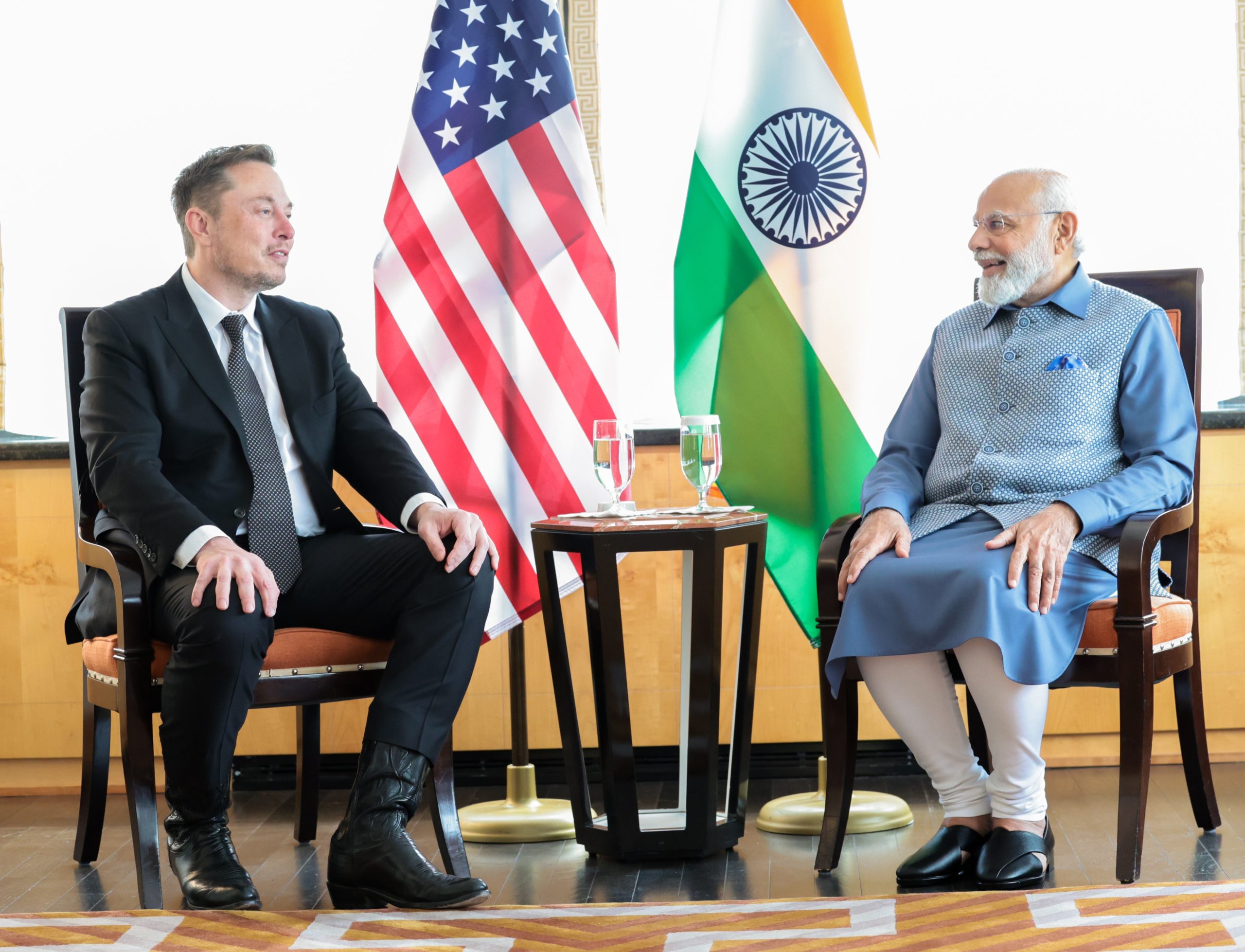
Tesla is officially entering India with the opening of its first showroom and experience center in Mumbai next week. The event is scheduled for July 15 at the Bandra Kurla Complex, a premier business district in Mumbai.
Tesla imports to India signal an early-stage market entry strategy
According to Indian customs data, Tesla has imported approximately $1 million worth of vehicles, charging equipment, and merchandise into the country between January and June. The shipments include six Model Y comprised of five standard variants valued at $32,500 each and one long-range model valued at $46,000. Several Superchargers and related accessories were also imported into the country, as noted in a Yahoo Finance report.
These vehicles are expected to serve as display models and test units as Tesla gauges interest and navigates India’s high import duties, which hover around 70% on fully built vehicles. Despite the significant tariffs in the country, Tesla has opted to begin its India expansion with imported cars.
An invitation to the Tesla India launch event has been making the rounds online. As could be seen in the document, Tesla noted that July 15 would be the launch of Tesla in India through the opening of a Tesla experience centre at Bandra Kurla Complex in Mumbai.
Tesla India’s hiring and expansion efforts are underway
Tesla has filled a number of key roles from the 30+ positions it advertised earlier this year. Recent hires include store managers, service executives, and sales staff, while ongoing recruitment is focused on supply chain engineers and vehicle operators to support the company’s Autopilot program.
Indian officials have been open about their intention to encourage Tesla to establish a manufacturing hub in the country. Tesla does seem open to the idea, at least, with reports last year hinting that Elon Musk was set to visit the country to discuss or even potentially announce a domestic project. The trip, however, was ultimately canceled.
-

 Elon Musk2 weeks ago
Elon Musk2 weeks agoTesla investors will be shocked by Jim Cramer’s latest assessment
-

 Elon Musk2 days ago
Elon Musk2 days agoxAI launches Grok 4 with new $300/month SuperGrok Heavy subscription
-

 Elon Musk4 days ago
Elon Musk4 days agoElon Musk confirms Grok 4 launch on July 9 with livestream event
-

 News1 week ago
News1 week agoTesla Model 3 ranks as the safest new car in Europe for 2025, per Euro NCAP tests
-

 Elon Musk2 weeks ago
Elon Musk2 weeks agoA Tesla just delivered itself to a customer autonomously, Elon Musk confirms
-

 Elon Musk1 week ago
Elon Musk1 week agoxAI’s Memphis data center receives air permit despite community criticism
-

 News2 weeks ago
News2 weeks agoXiaomi CEO congratulates Tesla on first FSD delivery: “We have to continue learning!”
-

 News2 weeks ago
News2 weeks agoTesla sees explosive sales growth in UK, Spain, and Netherlands in June


